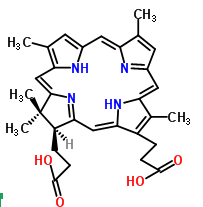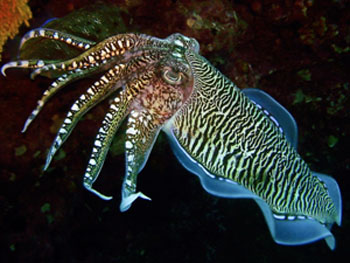Animal Behavior
Biology 342 Fall 2015 
| Course Information | Syllabus | Labs | Independent Project details | Website Project | Biology Home |
2015 Student Website Project
(scroll down for Assignment details and last year's examples)
Food Caching Behavior in Pikas
- Kerry Jones, Linden Mullins, & Aubrey Pelz
Arboreality in Clouded Leopards (Neofelis nebulosa)
- Avehi Singh & Karla Velarde
Hive Behavior in Honey Bees
-
James Holland & Theresa Steele
Marine Animal Sex-Dispersed Migration Behavior
-
Margalit Leiser and Jaelin Cola
Animal Play
-
Jocelyn Hansson
Cooperative Hunting Behavior of Moray Eels and Groupers
-
Clara Herrera & Hye Min Park
Cross-Species Tool Use
-
Jasmine Huang & Lauren Vanderhooft
Autotomy and Regeneration
-
Hulali Alford & Rose Driscoll
Hummingbird Vocal Learning
-
Alex Loukides and Hannah McConnell
Territorial Behavior in Pinnipeds
- Denis Ivanov & Stephanie Opiyo
Social Dominance in Spotted Hyenas
-
Elaine Kushkowski & Duncan Herb
Corvid Vocalizations
-
Nathaniel Klein & Sophia McKean
Sexual Cannibalism
-
Mary Cho & Sydney LaStella
Honest Signals
Mikela Sheskier & Shirin Porkar-Aghdam
Dominance Hierarchies in Male Rattus Norvegicus
-
James Ryan
Student pairs will create a web site
for an animal behavior of their choice.
Students will comment on each other's
draft website.
For examples from previous
years see my TEACHING page.
FOR THIS INFORMATION AND ADDITION DETAIL DOWNLOAD THE ASSIGNMENT (handed out in class)
For instructions working with dreamweaver, dowload the tutorial (covered in lab)
For instructions to decrease image resolution for web display download instructions.
For general pointers on website context and style download information.
Animal Behavior Websites
Website design can be a very effective means of communication. In science we use websites to advertise our own work, recruit students to our labs, convey the breadth of our research interests, discuss immature ideas, solicit collaborations, disseminate supplementary data, host databases that may be of use to other researchers in our field, organize our courses, advertise conferences, and generally communicate with scientists and the public around the world.
Students will work in pairs to design and create a website to summarize the current scientific understanding of a specific animal behavior. Students may either use Tinbergen’s 4 questions to fully describe all aspects of an animal behavior, or they may use some other comprehensive scheme. The index site must include information describing the main areas/questions of behavior that the students have decided to use. Because some model organisms are more suited to specific types of research, it may be necessary to incorporate research from multiple organisms in order to discuss the ontogeny, mechanism, phylogeny and adaptive value of the specific animal behavior. While books, websites, and newspapers may be used, the majority of the information presented should be supported by primary literature and all sources must be cited (including images). When appropriate, students should include historical perspective. The completed websites will be hosted on the web with students' permission
Evaluation:
Websites will be evaluated according to the "web critique" criteria. Students are expected to have a completed website by the draft due date. This draft will then be "polished" after receiving peer review. Both the draft, and the final product, as well as the critiques will be part of the total grade for this project.
Draft - 25%
Critiques - 10%
Final product 65%
See examples from past years:
http://academic.reed.edu/biology/courses/bio342f06/index.html
Schedule:
Week3 During Lab: pairs and topics
Pick a partner to work with and pick an animal behavior topic.
Week 5 During Lab:
By now, you and your partner should have begun to research your topic and have decided on a categorization scheme and have written some text for each area of inquiry including citations and images.
In lab time you will:
- pick which template you want to use
- Create a "site" folder with your chosen templates.
- Create a home page with:
- the title.
- a brief outline and/or bullet points (to be expanded later).
- Create 5 sub-topics pages to be filled with information the draft information that you have.
- MECHANISM
- ONTOGENY
- PHYLOGENY
- ADAPTIVE VALUE and
- REFERENCES
- Experiment with colors and text styles using the style sheet.
- Learn to create internal and external links.
- Learn to add images to your webpage.
Tuesday November 3rd @ 5:00 PM
All websites must be posted on the courses server by 5:00 pm.
The websites should be ready for public viewing. It is each student's responsibility to check that all images and links are functional from any computer on campus. If you have failed to create correct relational links and images they may work on your own computer but not when viewed across the web. Please seek advice before noon today for assistance.
Students will be assigned 3 websites to critique.
November 11th
Constructive critique is due in class.
These critiques will be delivered to the webpage authors
Tuesday December 1st
Final websites, incorporating the critique comments, must be posted on the courses server by 5:00 pm. They will be linked to create a webpage for the course.
2014 Websites
Imitation in Primates- Annelise Hill & Yasemin Lopez
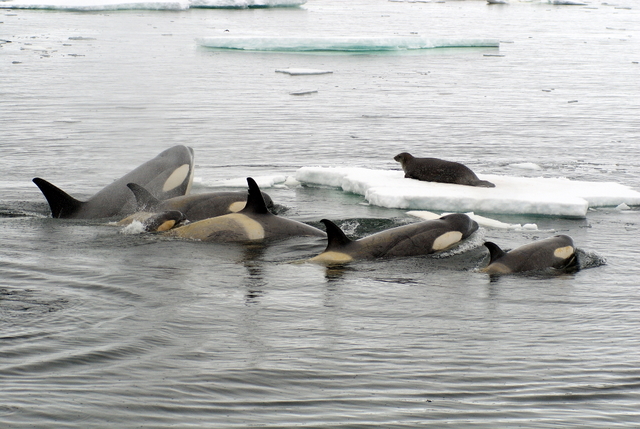 |
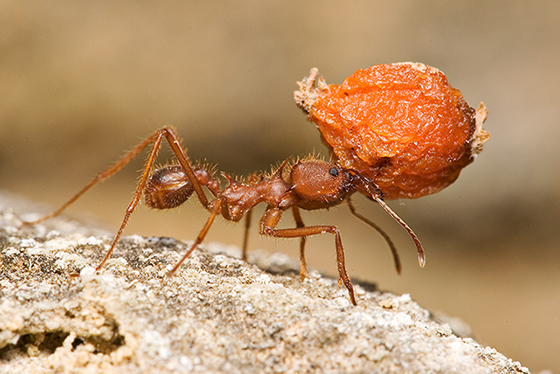 |
|
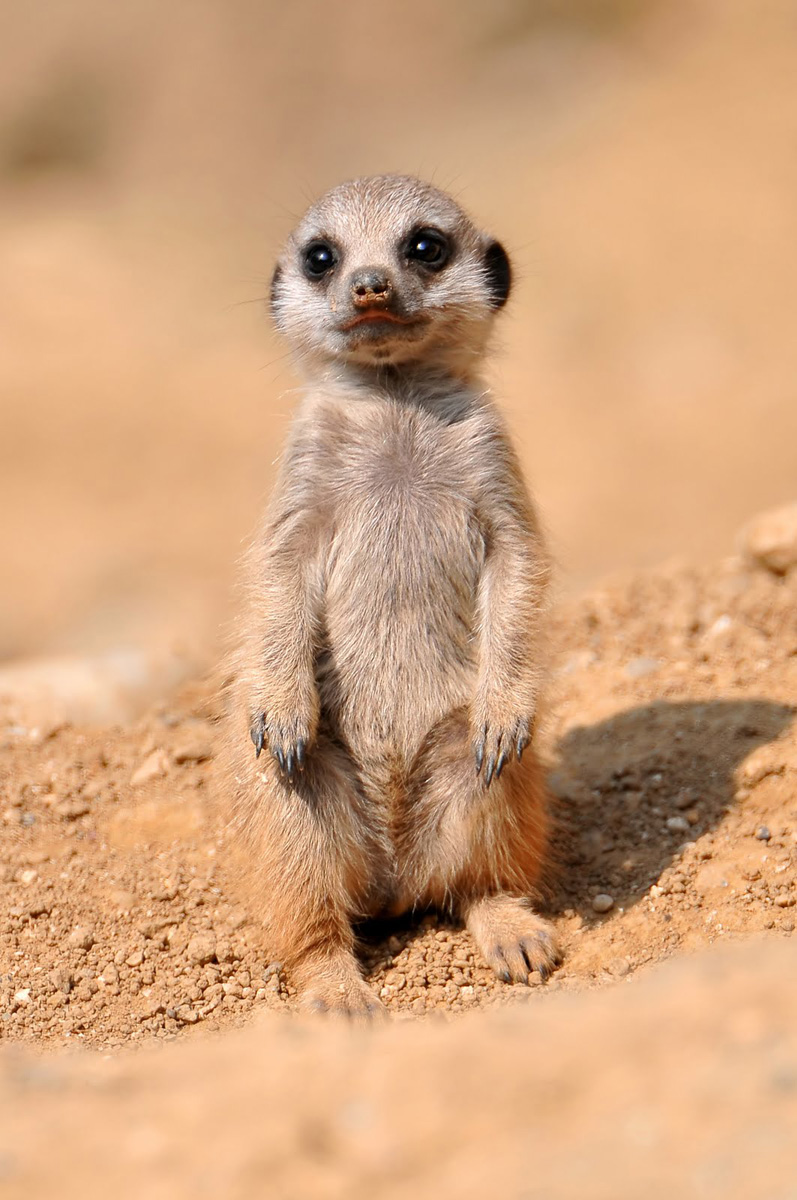 |
 |
|
 |
||
|
 |
|
 |
||
Hunting Behavior in type a and type b Orcas
- Cecile Erwin & Orien Evans
Phenomenon of Slave-Making Behavior in Ants
- Emma Schweitzer & Rob Haas
Mind Altering Animal: Adaptive, Mind-opening, or a Waste of Time?
- Jesse Duhan & James Fisher-Smith
The Zombie Ant: Parasitic Fungi and Behavior Manipulation
-
Kristin Hirata
Color Change in Chamelions
- Kimmie McGowen & Madeline Robin
Leafcutter Ants, the Fungal Farmers
- Caleb Kalisher
Mantis Shrimp
-
Leah Cepko & Mason Kennon
Cuttlefish Camouflage
-
Emily Merfeld & Nicolette Tapia
How Interaction with Humans has Altered Animal Behavior
-
Mara Kaiser & Michael Weiss
Environmentally Determined Sex in Marine Worms
-
Mical Yohannes and Patrick Shan
Vanishing Wars: The Affect of Camouflage in Nature
-
Nick Morales
Meerkat Surveyors
-
Sofia Claesson & Lia Zallar
Mating System of the California Sea Lion (Zalophus californianus)
- Audrey Spaeth
Symbiosis in Pistol Shrimp and Goby Fish
-
Sam Ramirez & Jaclyn Calkins
Roadside Foraging in Grizzly Bear Mothers and Cubs
-
Tim Peters
Eusocial Behavior
-
Karl Menzel and Allie Buckner
Communicative Vocalization in Orcas
- Hayley VanderJagt
